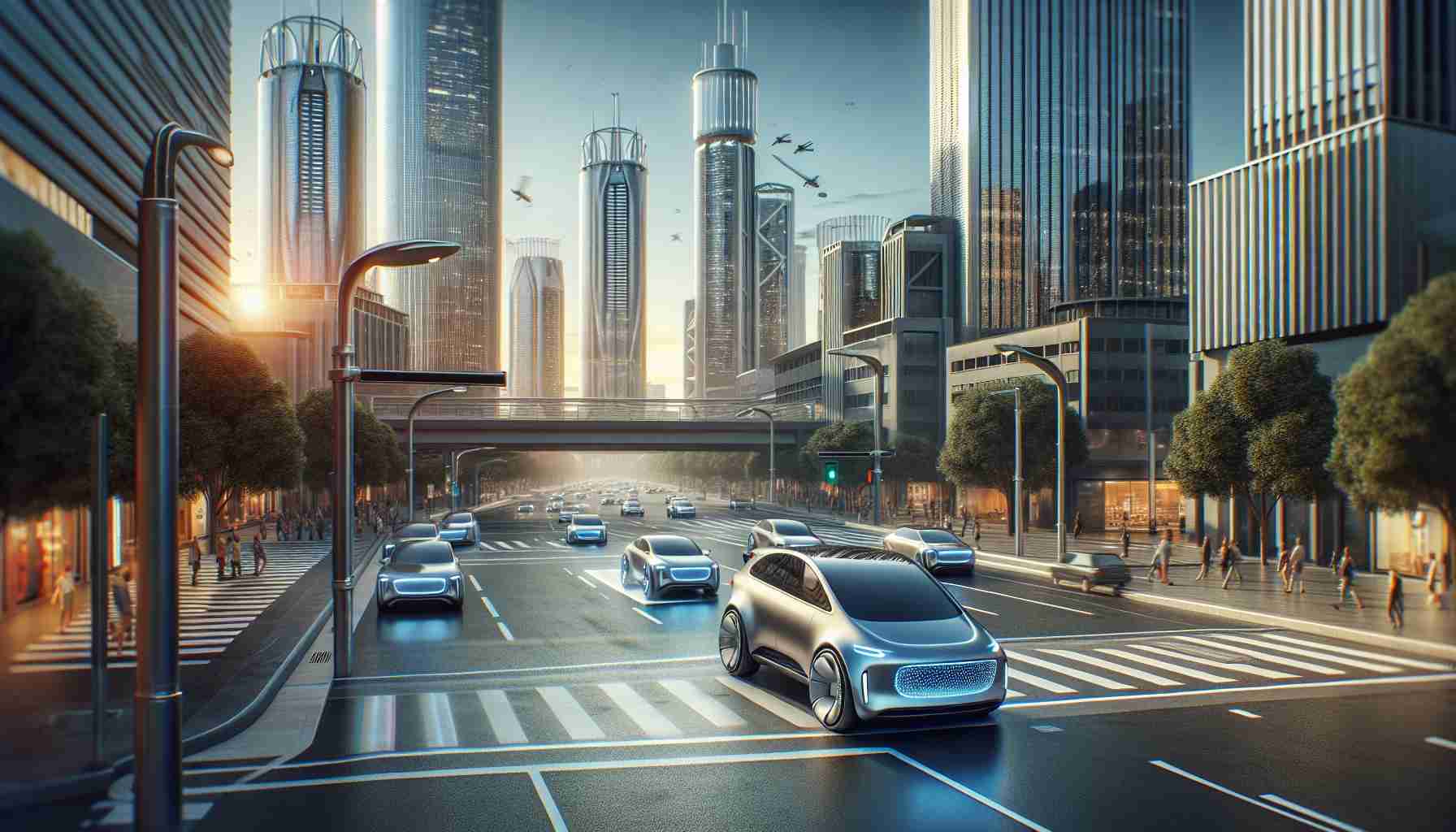A New Era for Autonomous Vehicles
In a groundbreaking initiative, four districts in southern China have joined forces to launch a pioneering pilot program for connected cars. This ambitious project aims to facilitate autonomous robotaxis in an interconnected framework across cities. The areas involved include Guangzhou’s Nansha district, Shenzhen’s Qianhai and Bao’an districts, and Hengqin, a unique island shared between Zhuhai and Macau.
This innovative program focuses on establishing a mechanism for mutual recognition of qualifications, allowing autonomous vehicles that have been certified in one region to operate freely in others. The move is anticipated to enhance the efficiency of transport services, particularly for robotaxis that service airports and railway hubs. Notably, self-driving cargo trucks will also gain the ability to undertake cross-city delivery trips.
Leading the charge into this new paradigm are notable companies, including Pony.ai, which has successfully registered for the pilot, alongside Baidu’s Apollo Go and Chenqi Technology, a platform associated with tech giant Tencent. Additionally, the start-up Cowa Robot, known for its automated vehicles, is also participating.
This initiative is in line with Beijing’s strategic vision to seamlessly integrate the Greater Bay Area, a project kicked off in 2019 that connects key cities in Guangdong with Hong Kong and Macau. As other major cities in China continue to develop autonomous vehicle regulations, this collaborative effort promises a future where smart cars can navigate urban landscapes with ease.
Revolutionizing Transportation: The Future of Autonomous Robotaxis in China
A New Era for Autonomous Vehicles
Four districts in southern China are breaking new ground with a pioneering pilot program designed to facilitate the use of connected autonomous vehicles, particularly robotaxis. This ambitious initiative spans Guangzhou’s Nansha district, Shenzhen’s Qianhai and Bao’an districts, and the Hengqin island, a shared space between Zhuhai and Macau. The collaboration aims to establish a framework that allows for seamless operation of autonomous vehicles across these interconnected regions.
Key Features of the Pilot Program
1. Mutual Recognition of Qualifications: One of the standout features of this program is the establishment of a mechanism for mutual recognition of qualifications among autonomous vehicles. This means that vehicles certified in one district can operate in others without additional bureaucratic hurdles, enhancing operational efficiency.
2. Focus on Transport Services: The initiative primarily targets improving transport services, particularly for robotaxis catering to major transit points like airports and railway hubs. Furthermore, it extends to self-driving cargo trucks, which will be able to execute cross-city deliveries—significantly transforming logistics and supply chain operations.
3. Participation of Technology Leaders: Major players in the autonomous vehicle space are involved in this project, including Pony.ai, Baidu’s Apollo Go, and Tencent-affiliated Chenqi Technology. Start-ups like Cowa Robot, known for innovative automated vehicles, also play a key role in testing and development.
Pros and Cons of the Initiative
Pros:
– Enhanced Efficiency: The pilot program is set to streamline transport services across multiple districts, reducing wait times and improving service quality.
– Integration with the Greater Bay Area Strategy: This initiative aligns with the broader vision of integrating the Greater Bay Area, promoting economic growth and technological advancement.
Cons:
– Regulatory Challenges: As autonomous vehicle technology is still evolving, regulatory frameworks may lag behind the pace of innovation, potentially hindering widespread adoption.
– Public Acceptance: The success of robotaxis hinges on user acceptance, which may require significant public outreach and education.
Use Cases and Market Trends
The autonomous vehicle market is projected to grow significantly, with applications extending beyond personal transport to include goods delivery and emergency services. As of late 2023, the global market for autonomous vehicles is estimated to reach USD 65 billion by 2030, as companies and governments increasingly invest in smart mobility solutions.
Innovations and Security Aspects
Innovations in AI and machine learning are at the core of enhancing the safety and reliability of autonomous vehicles. Companies are focusing on improving algorithms for navigation, obstacle detection, and decision-making processes. However, the increased connectivity of vehicles raises security concerns regarding data privacy and the potential for cyberattacks.
Sustainability and Future Predictions
The deployment of autonomous vehicle technology promises to contribute to more sustainable urban transport systems by optimizing traffic flow and reducing emissions. Predictions suggest that as regulation and technology advance, the integration of robotaxis into public transport systems will become commonplace by 2030, potentially leading to significant reductions in personal vehicle use and urban congestion.
For more information on autonomous vehicles and related topics, visit TechCrunch.
